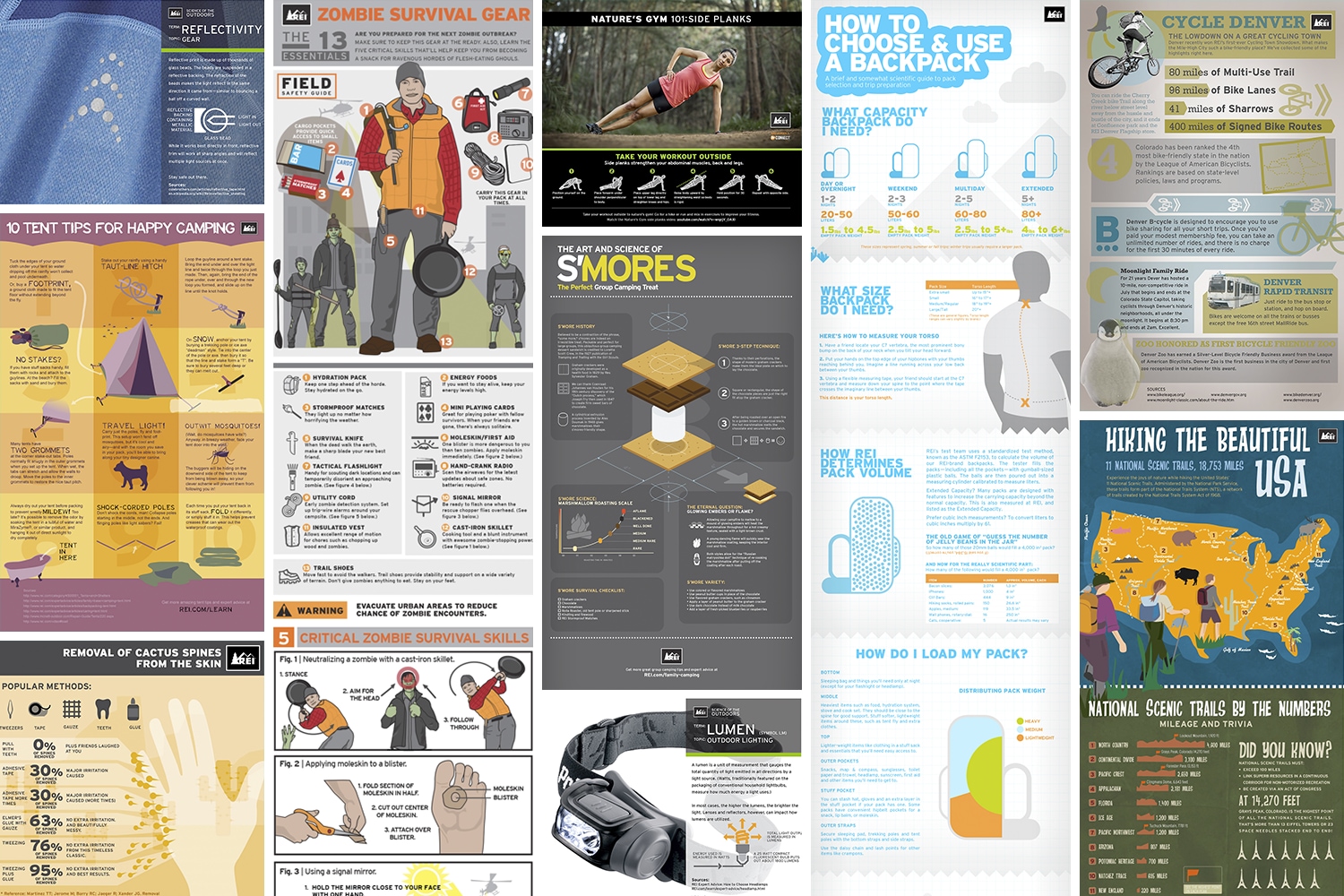The Hold Drawback is a basic and safe and secure means to establish tent guy lines. It's likewise an excellent strategy for backing out a stubborn camping tent fix. It can also be made use of to produce an adjustable tarp guy line where the adjustment is made at the tent/tarp end. It works in high winds as it doesn't slip.
1. Bowline
Bowline is a knot that makes a loop at one end of a rope. It's easy to connect and untie, and it stands up to jamming fairly well.
It's likewise an excellent knot to utilize for signing up with 2 lines with each other, although it's usually recommended that you use a different method (such as a sheet bend or square knot) for this function, to stay clear of having both different bowlines use versus each other with time and damage the line.
One possible trouble with bowlines is that they can quickly jam or bind if the working end is incorrectly passed through the rabbit hole. Numerous critical failings have actually been reported as a result of this, specifically when utilized in climbing applications. To help prevent this from occurring, you can make a left-handed bowline by passing the end around the standing part of the loop as opposed to via it, as displayed in the animation below. This variant apparently carries out much better and endures ring stress (a distending pressure applied either side of the knot) better than the standard bowline.
2. Grasp Drawback
Utilizing these gripping drawbacks to protect your man lines helps you stay clear of the issue of your line jamming while adjusting or tightening them. They are also valuable when connecting a line to an item that is harder to get to than your standing end, such as a tree or big anchor things.
The Hold Hitch is a rubbing knot that can be quickly shifted up or down the line while slack but holds firm under lots. It works for tensioning ridgelines or guy lines and for camping applications to protect tarps or outdoors tents.
To link the Grasp Drawback, pass the working end around the standing part two times and put it under itself. To tighten up, pull on the working end to create a bight and afterwards make use of the bight to safeguard the knot to itself. For included security, you can wrap the functioning end around the standing component 3 times to raise rubbing and stop the hitch from sliding under lots.
3. Midshipman's Drawback
Likewise referred to as the Taut Line Hitch (ABOK # 1856, p 310), Adjustable Hitch, or Rigger's Hitch this knot develops a flexible loophole at the end of a rope that can be moved backwards and forwards the standing end however still holds firmly when tightened. It is also very easy to unknot while under tons.
Ashley suggests this knot for a camping tent man line because unlike the bowline it can be tied while under lots and is much less susceptible to twisting. It also creates an intermediate Awning Drawback that can take the preliminary load while tying the last Half Drawback
To use this knot wrap the working end around an object such as a pole or cleat. Next pass it back towards the things via the first Fifty percent Hitch creating a second Awning Hitch. Lastly coating tying the final Fifty percent Hitch and pull hard to dress and tighten. For extra safety wrap a 2nd Midshipman's Hitch on top of the initial.
4. Adjustable Grip Drawback.
The Adjustable Grip Drawback, likewise known as the Crawley Adjustable Drawback and the Adjustable Loophole Knot, is a friction drawback that can be quickly shifted up or down a line with slack yet holds firm under tons. It is typically used for readjusting camping tent ridge lines or tarps around camp.
This slide-and-grip knot gives great grip and is less complicated to link than the Tautline Drawback or Midshipman's Hitch, however should not be used for vital applications given that it may slip when shock packed. It can be enhanced by including additional starting turns to boost the "grasp" and friction in slippery products.
To link this friction hitch, pass the functioning end around the things, then canvas fabric wrap it back together with itself and put completion under the second turn. Pull the working end to tighten up the knot.
